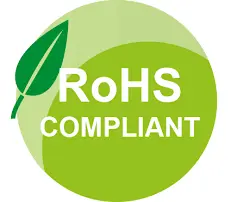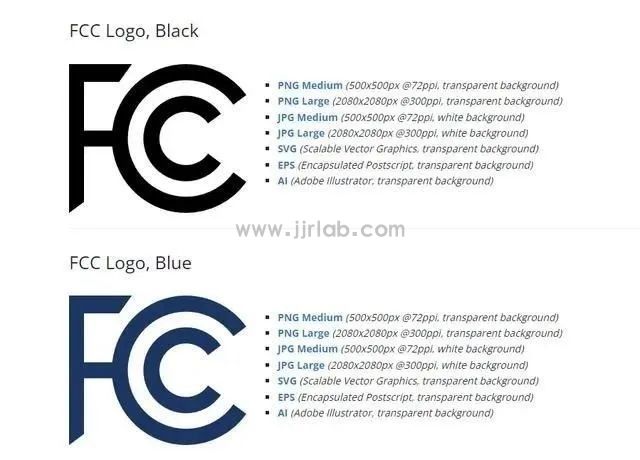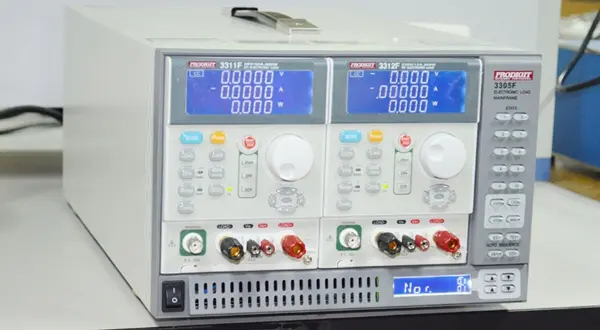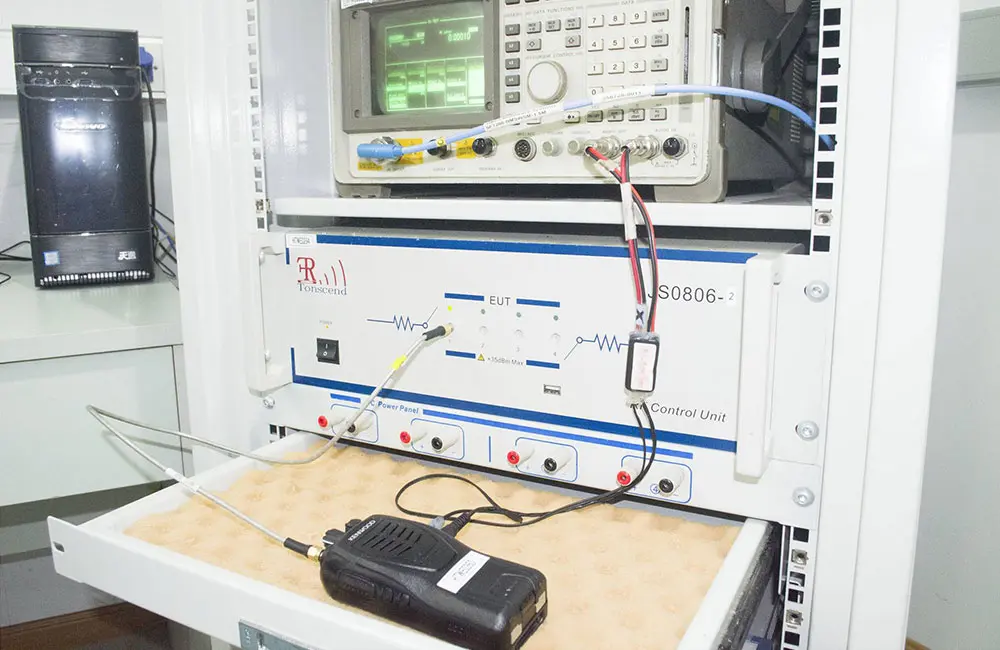
Camera CE Certification
In today's era of increasingly frequent global trade, products entering the European market must comply with relevant EU regULations and standards. CE certification, as a mandatory compliance mark in the EU, serves as the "passport" for electronic products like cameras to enter the European market. This article provides a detailed introduction to the significance, applicable regulations, and process of obtaining CE certification for cameras.

What is CE Certification
CE Certification (Conformité Européenne) is a mandatory conformity mark requiRED by the European Union regarding product safety, health, environmental protection, and consumer protection. It indicates that a product complies with relevant EU directives and standards and can be freely sold within the European EconoMIC Area (EEA).
For camera products, CE certification mainly involves the following regulations and directives:
- Electromagnetic Compatibility Directive (EMC Directive):Ensures the product operates properly in its electromagnetic environment without causing interference to other devices.
- low voltage directive (lvd directive):Ensures the safe use of products within specified voltage ranges.
- RoHS Directive:Restricts the use of hazardous substances to meet environmental protection requirements.
Camera ce certification process
Step 1: Choose a Qualified Testing Laboratory (JJR Laboratory)
Sign a contract with a qualified testing and certification organization to ensure the validity and international recognition of test results.
Step 2: Submit Application Form
Fill out the CE certification application form, providing manufacturer information, product model, specifications, and other basic details.
Step 3: Prepare Test Samples
Typically, two fully functional samples are required for testing different items.
Step 4: Prepare Technical Documentation
Includes:
- Product user manual
- Design and structural drawings
- Circuit schematics
- Bill of Materials (BOM)
- Risk assessment report
- Instruction manuals, etc.
Step 5: Product Testing
Conduct testing according to relevant CE directives and standards, such as EMC, LVD, and RoHS.
Step 6: Rectification and Retesting (if necessary)
If the product fails the tests, address the issues and retest until the standards are met.
Step 7: Issue Test Report and Declaration of Conformity
After passing the tests, the laboratory issues a test report, and the manufacturer or authorized representative signs the EU Declaration of Conformity (DoC).
Step 8: Affix CE Mark
Mark the CE logo on the product, packaging, and manual. The product can then be legally sold in the EU market.
Significance of CE Certification
- Legal Market Access:Comply with EU regulations, avoiding confiscation or fines due to non-compliance.
- Enhanced Competitiveness:Products with CE certification gain greater recognition in the international market.
- Increased Consumer Trust:Conveys a safe, reliable, and environmentally friendly product image to users.
Email:hello@jjrlab.com
Write your message here and send it to us
 FCC Certification for Automatic Parking Radar Sens
FCC Certification for Automatic Parking Radar Sens
 Temu Europe Station CE-RoHS Compliance
Temu Europe Station CE-RoHS Compliance
 FCC ID Certification and SDoC Compliance
FCC ID Certification and SDoC Compliance
 Export Certification and Compliance for Lighting F
Export Certification and Compliance for Lighting F
 FCC Certification Resumes Issuance
FCC Certification Resumes Issuance
 Electrical Toy Safety Certification EN 62115 EMC T
Electrical Toy Safety Certification EN 62115 EMC T
 What is the UL 62368 Test Standard?
What is the UL 62368 Test Standard?
 Is CISPR 32 the same as EN 55032?
Is CISPR 32 the same as EN 55032?
Leave us a message
24-hour online customer service at any time to respond, so that you worry!




